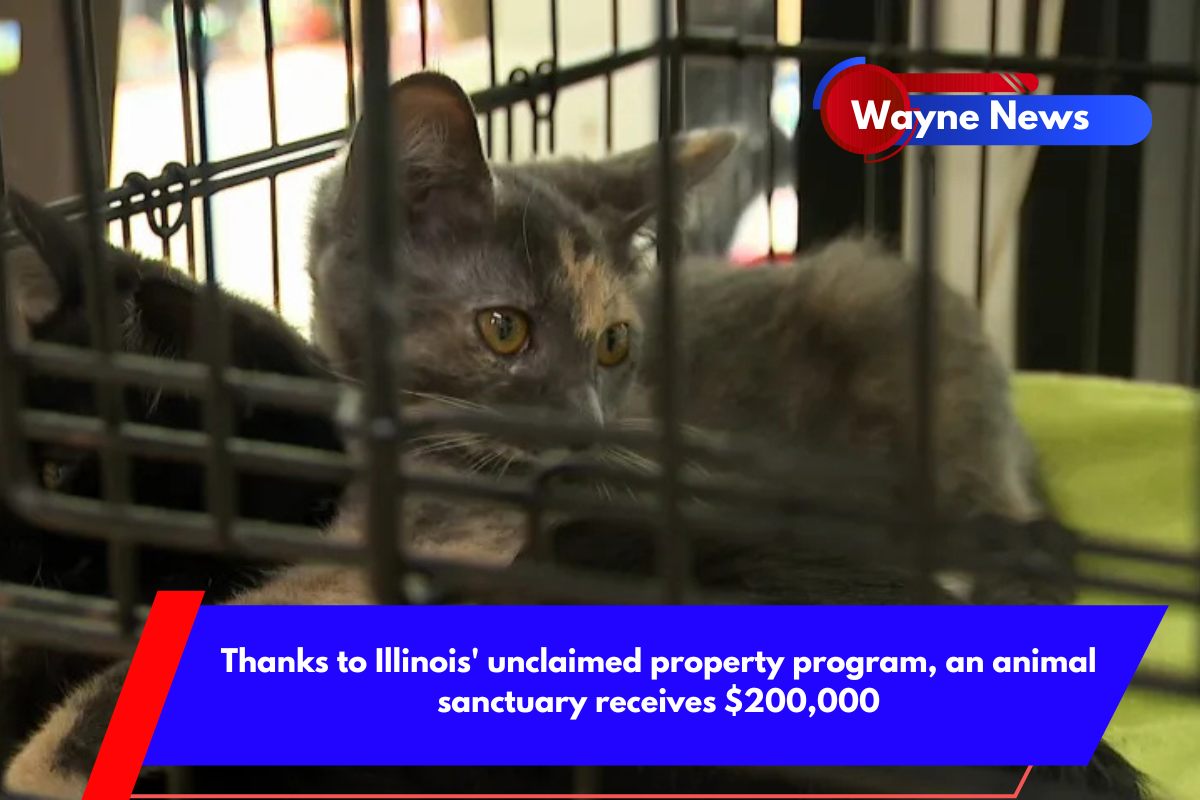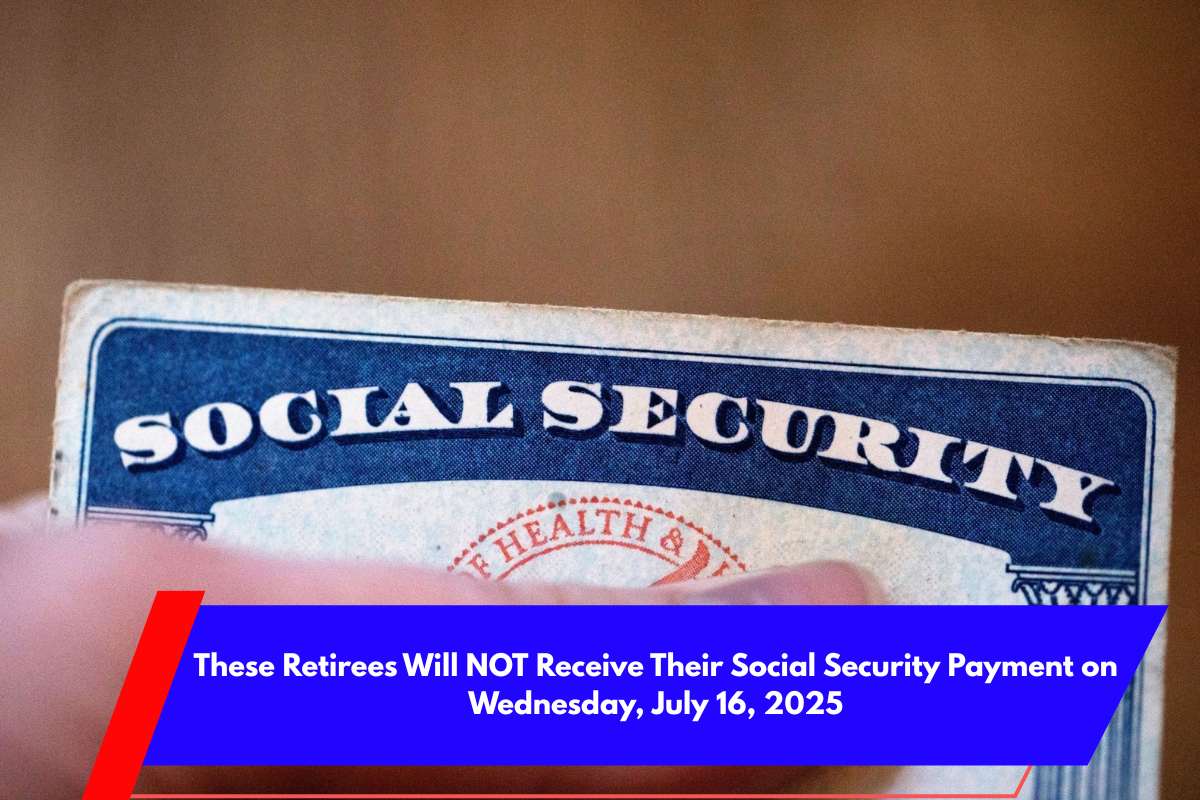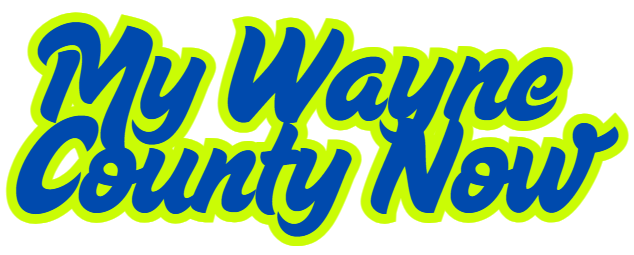Central Falls, a small city of about 22,000 residents in northern Rhode Island, has long been recognized as the state’s poorest municipality. Recent data underscore the depth of its economic hardship, with the city’s residents facing some of the highest poverty rates and lowest median incomes in Rhode Island.
Economic and Social Realities
According to the 2025 Rhode Island KIDS COUNT Factbook, Central Falls has a child poverty rate of 26%, with 1,535 children under age 18 living below the federal poverty threshold.
This figure is among the highest in the state and well above the overall Rhode Island child poverty rate of 13%. The city’s adult population also struggles, with a median household income that is roughly half the state average—recent estimates place it at just under $46,000, compared to the statewide median of over $90,000.
Central Falls is part of a group of four “core cities” in Rhode Island—alongside Providence, Pawtucket, and Woonsocket—where nearly two-thirds of the state’s children living in poverty reside.
These cities are characterized by high concentrations of low-income families, with Central Falls standing out for its especially high rates of extreme poverty. Notably, 15.5% of children in Central Falls live in households with incomes below 50% of the federal poverty line, a condition known as extreme poverty.
Racial and Ethnic Disparities
Poverty in Central Falls and the other core cities is not evenly distributed. Black and Hispanic children are disproportionately affected, being 12 times and eight times more likely, respectively, to live in high-poverty neighborhoods than their non-Hispanic white peers.
These disparities reflect broader patterns of economic and social marginalization that have persisted for decades.
Root Causes and Ongoing Struggles
Several factors contribute to Central Falls’ economic struggles. The city has a high proportion of adults with limited education; about one in four adults over age 25 in Central Falls has less than a ninth-grade education.
This lack of educational attainment limits job opportunities and perpetuates cycles of poverty. Additionally, the city has faced challenges related to deindustrialization, the decline of manufacturing jobs, and the rise of lower-paid service sector work, trends that have increased income inequality both locally and nationally.
Efforts to Address Poverty
Despite these challenges, there are ongoing efforts to improve conditions in Central Falls. The city and state have prioritized affordable housing initiatives, with recent projects—such as a 46-unit, fully affordable housing development—aimed at providing stable homes for low-income families.
Rhode Island’s Consolidated Plan for 2025–2029 allocates millions of dollars to increase housing opportunities, preserve affordable housing, and reduce generational poverty.
Looking Ahead
While Central Falls remains Rhode Island’s poorest town, the commitment to addressing its challenges is evident. Investments in affordable housing, education, and community support are essential steps toward breaking the cycle of poverty and improving the quality of life for all residents.
As the city continues to grapple with deep-seated economic and social issues, the resilience of its community offers hope for a brighter future.
Sources:
1. https://rikidscount.org/wp-content/uploads/2025/04/ChildreninPoverty.pdf
2. https://ripec.org/newsletter/january-2025/
3. https://www.centralfallsri.gov/media/11221













